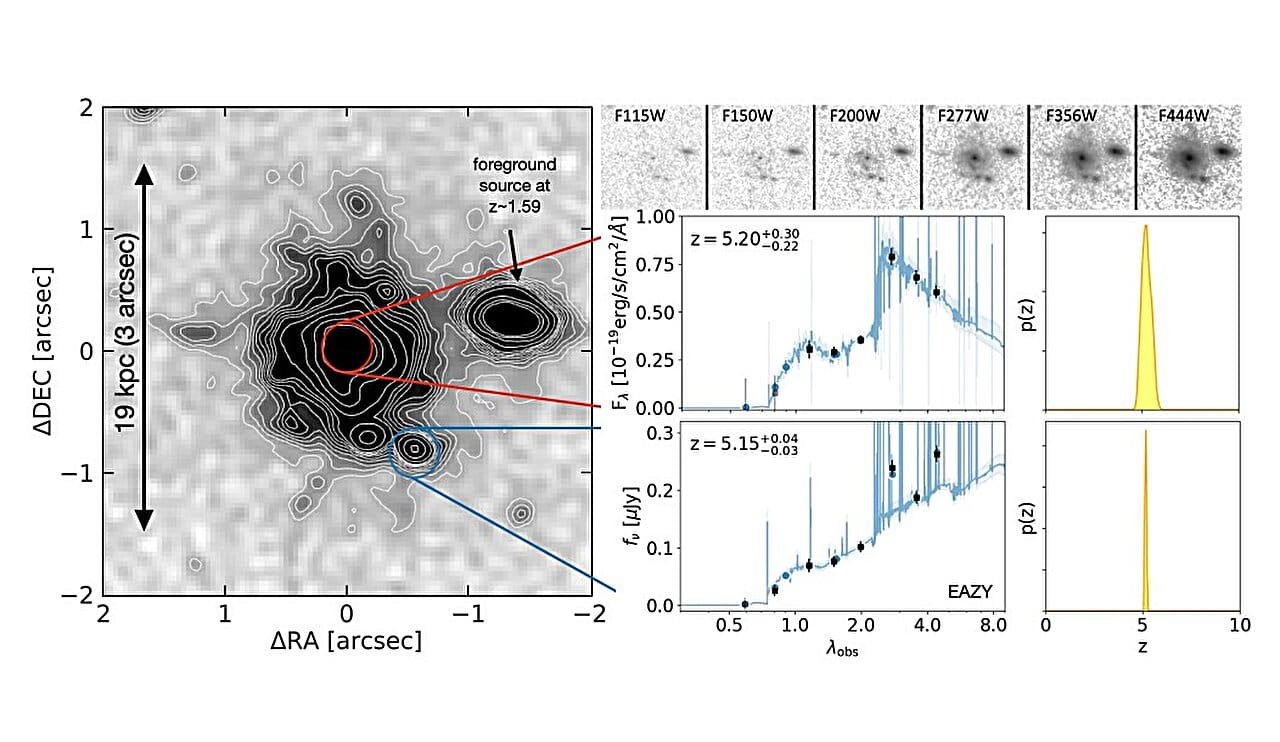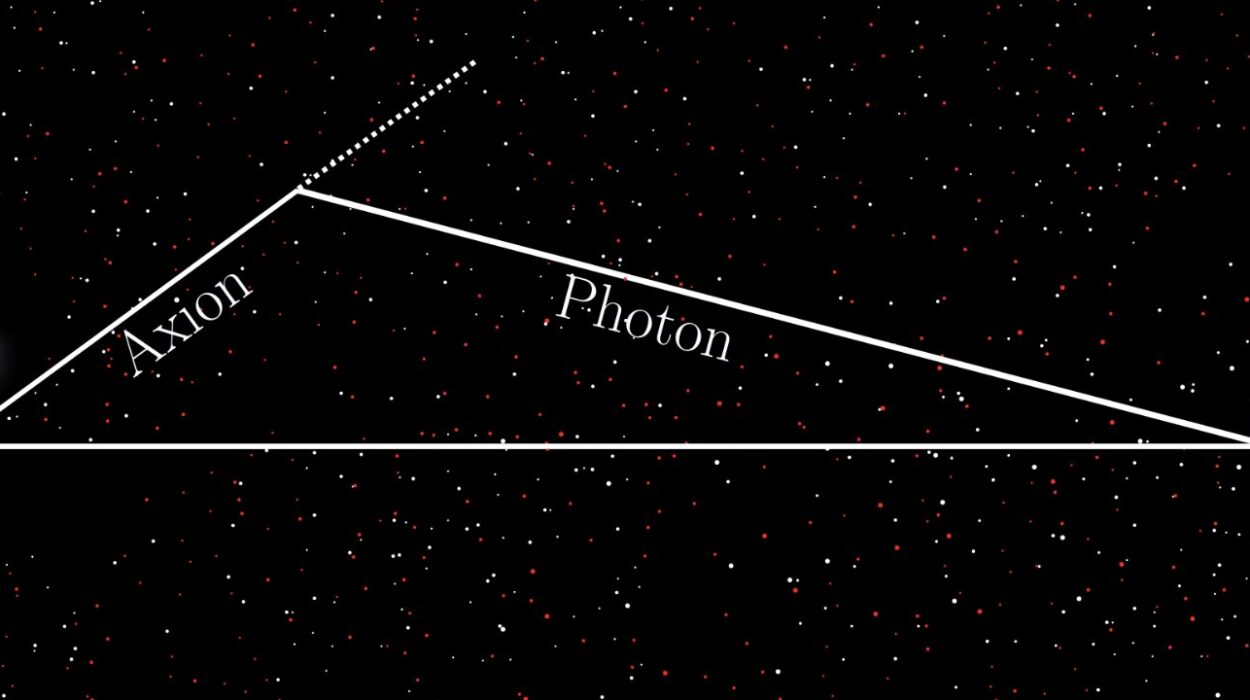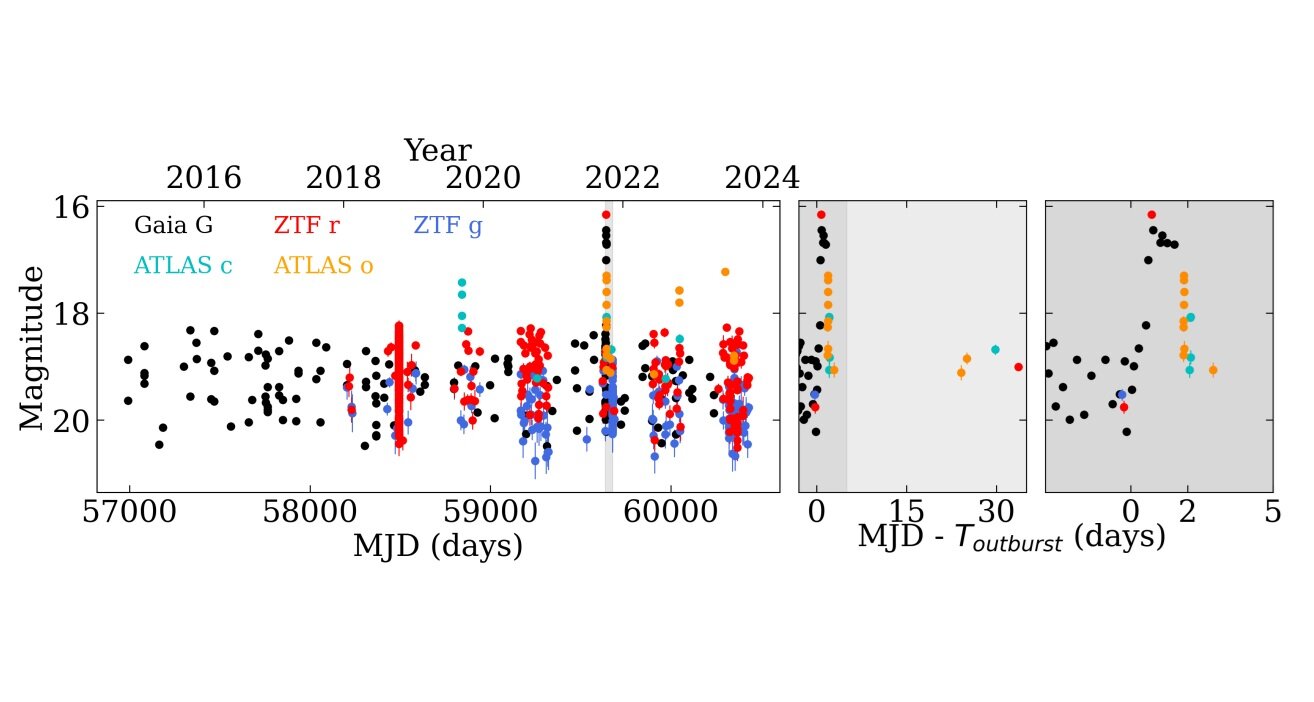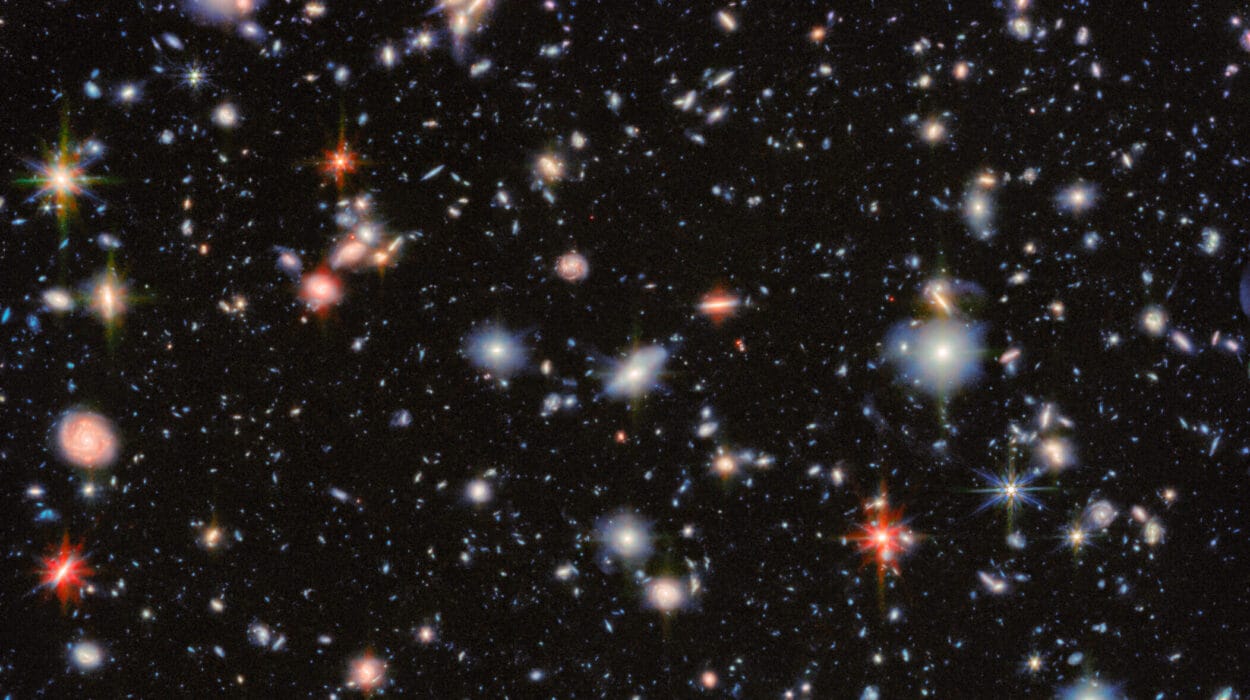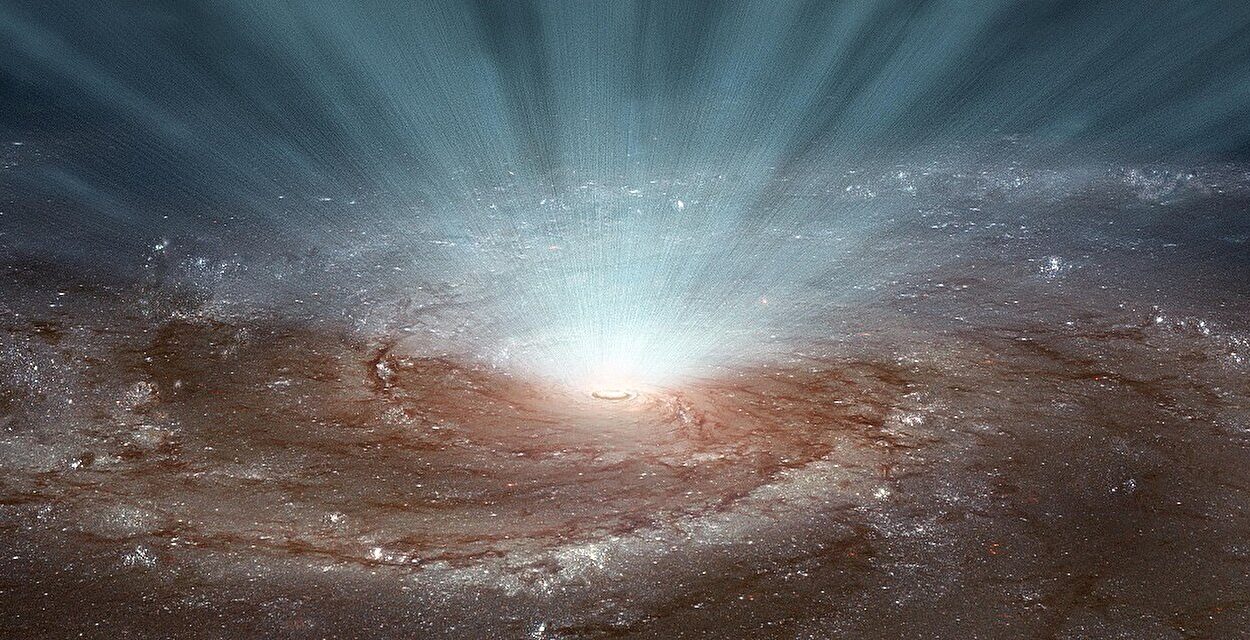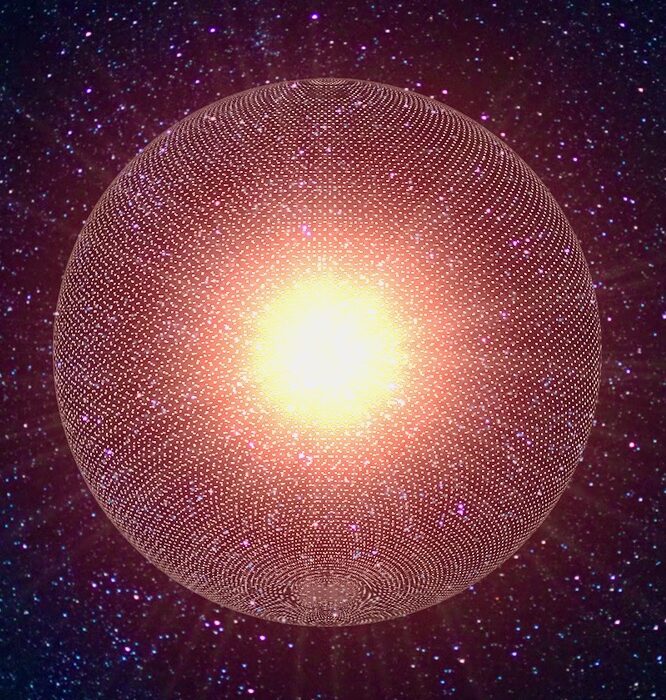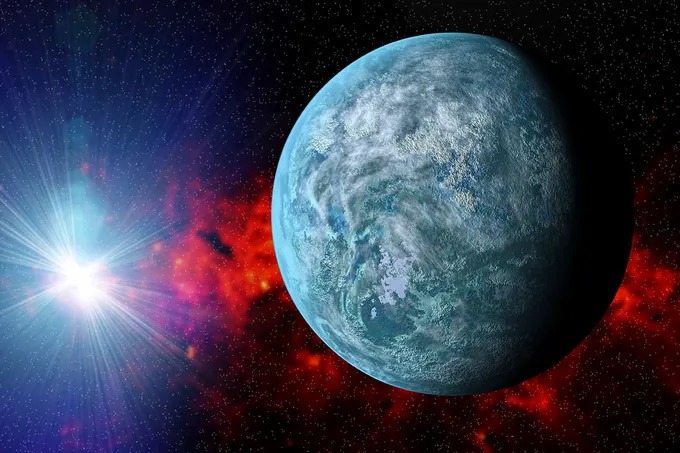Using the powerful James Webb Space Telescope (JWST), an international team of astronomers has recently identified a remarkable new grand-design spiral galaxy, marking a significant milestone in our understanding of the early universe. Named Zhúlóng, after the giant red solar dragon and god in Chinese mythology, this galaxy is not only extremely massive but also appears to be the most distant spiral galaxy discovered so far. This groundbreaking discovery was made as part of the PANORAMIC survey, a project designed to capture deep, wide-field images of the cosmos using the advanced capabilities of JWST. The results of this discovery were detailed in a study published on December 17, 2023, on the pre-print server arXiv.
Grand-design spiral galaxies, such as Zhúlóng, are some of the most visually striking and well-known structures in the universe. These galaxies are characterized by their prominent, clearly defined spiral arms, which are distinct features that extend outward from a bright, well-defined galactic core. The arms are thought to be overdense regions within the galaxy’s disk, where material—gas, dust, and stars—becomes compressed, triggering intense star formation. These spiral galaxies are among the most iconic images of the universe, but they are not common at high redshifts (or in the distant universe), which makes Zhúlóng’s discovery all the more significant.
The formation and early development of spiral galaxies remain somewhat of a mystery. While the basic mechanisms of galaxy formation are well-understood, scientists still grapple with the precise timing and conditions that allowed for the emergence of such well-structured galaxies in the early universe. As galaxies form and evolve, they pass through different stages—some are chaotic and irregular, while others, like Zhúlóng, develop a more organized spiral structure. Most galaxies at high redshifts (indicating they are from the early universe) tend to be irregular, with far fewer examples of well-formed spiral structures. To date, only a handful of spiral galaxies have been discovered at a redshift higher than 3.0, and these discoveries have provided valuable insights into galaxy formation.
Zhúlóng, however, is located at a redshift of approximately 5.2, placing it more than 12.5 billion light years away from Earth. This discovery is particularly significant because it suggests that well-formed spiral galaxies, such as Zhúlóng, might have existed much earlier than previously thought, potentially within the first billion years after the Big Bang. This is far earlier than astronomers had expected to observe such structures, which could provide new insights into how galaxies evolve over time and what conditions were necessary for the formation of structured, star-forming galaxies in the very early universe.
The galaxy was serendipitously discovered during a recent data release from the JWST PANORAMIC survey. This survey is an extragalactic near-infrared camera (NIRCam) imaging program that aims to survey large areas of the sky to identify distant galaxies, stars, and other cosmic objects. The team led by Mengyuan Xiao of the University of Geneva in Switzerland was analyzing this data when they found Zhúlóng in the field designated j100024p0208. The galaxy’s photometric redshift of 5.2 was one of the key pieces of evidence that indicated it was located in the early universe.
In terms of its physical characteristics, Zhúlóng is remarkably massive for a galaxy that formed so soon after the Big Bang. Its mass is comparable to that of our Milky Way galaxy, which is an extraordinary finding considering it was formed within the first billion years after the Big Bang. The galaxy features a classical bulge and a large, face-on stellar disk, with spiral arms extending across a vast 62,000 light years—roughly half the size of the Milky Way. The spectral energy distribution (SED) analysis of Zhúlóng indicates that the galaxy has a quiescent-like central core surrounded by an active star-forming stellar disk. This suggests that the galaxy is in a transitional phase between intense star formation and the quiescent phase typical of older, more mature galaxies.
One of the most intriguing findings in the study is the observation of Zhúlóng’s core, which is noticeably red compared to its stellar disk. This red central region has the highest stellar mass surface densities measured among quiescent galaxies, supporting the idea that the galaxy’s core has undergone a process of star formation suppression, or “quenching.” The concept of quenching refers to the process by which the gas in a galaxy is depleted or heated to the point where star formation can no longer occur at significant rates. This quenching can happen in a number of ways, such as through the exhaustion of gas reserves or the heating of gas by intense feedback from star formation or black hole activity.
Despite its quiescent core, Zhúlóng’s stellar disk is still forming stars at a moderate rate of approximately 66 solar masses per year. This is relatively low compared to the star formation rates of galaxies in the more recent universe, but it is still notable for a galaxy of its age. The study also calculated the baryons-to-stars conversion efficiency of Zhúlóng, which is a measure of how effectively the galaxy is turning its available gas into stars. At 0.3, the conversion efficiency is about 1.5 times higher than the most efficient galaxies observed in later epochs. This suggests that Zhúlóng was forming stars at a very efficient rate during its early stages of development.
The findings from this study are transformative, as they suggest that the transformation from active, star-forming galaxies to quiescent galaxies may have occurred much earlier than previously thought. This challenges existing models of galaxy evolution, which typically assumed that the majority of spiral galaxies became quiescent much later in cosmic history. Zhúlóng’s early quenching hints at the possibility that some galaxies may have undergone this transition in the first few billion years after the Big Bang.
This discovery also adds a new layer of complexity to our understanding of galaxy formation and evolution. If spiral galaxies like Zhúlóng were able to form in such an efficient and organized manner so early in the universe’s history, it raises important questions about the processes that allow such well-structured galaxies to emerge. What conditions led to the rapid formation of such a massive and relatively mature galaxy in the early universe? How do galaxies form their distinct spiral arms, and what processes govern the timing of star formation and quenching in these galaxies?
The discovery of Zhúlóng has profound implications not only for our understanding of the early universe but also for the methods used to study distant galaxies. With the unprecedented resolution and sensitivity of JWST, astronomers are now able to peer deeper into the cosmos than ever before, revealing galaxies and structures that were once thought to be too distant or faint to detect. Zhúlóng represents a new frontier in the study of the universe, offering a glimpse into the complex processes that governed galaxy formation in the first billion years after the Big Bang.
Reference: Mengyuan Xiao et al, PANORAMIC: Discovery of an Ultra-Massive Grand-Design Spiral Galaxy at $z\sim5.2$, arXiv (2024). DOI: 10.48550/arxiv.2412.13264
